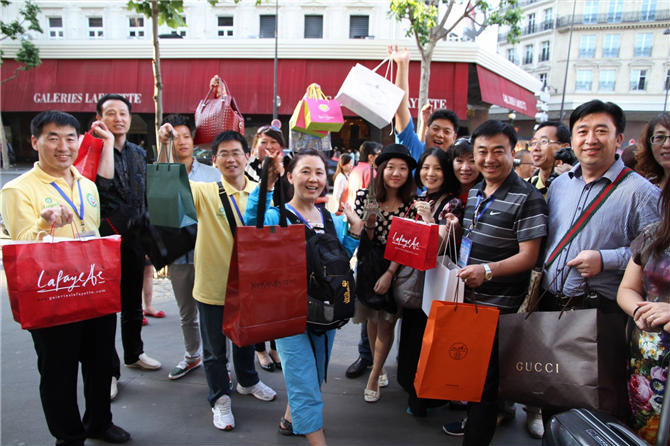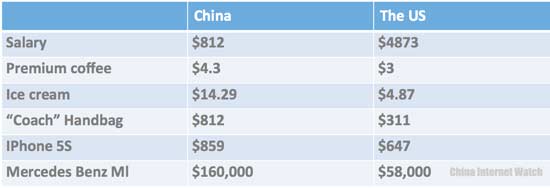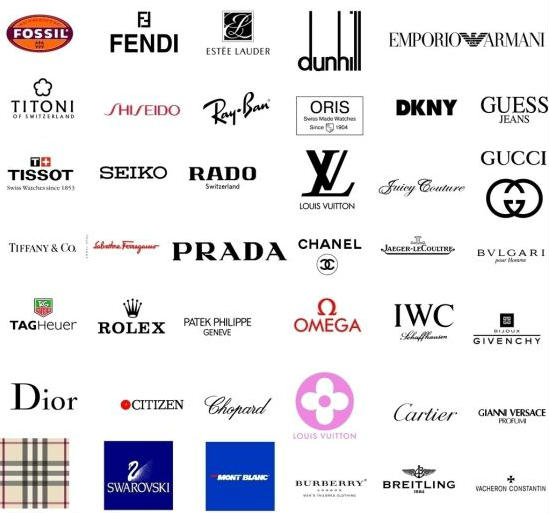
Purchasing foreign products nowadays shows a rising trend in Chinese market. Foreign products, commonly perceived as being with good quality, are often more expensive in China than in the west.

One Haagen-Dazs is sold at USD14.29 in China, while it costs USD4.87 overseas. But why are foreign products more expensive in China? The pricing of an exported product are determined by several factors: the import tax, cost, sales channels, brand processing strategy and so on.
The import tax affects the final price of exported products but it may not be so decisive. Take the pricing of “Coach” handbag as an example: it is priced at USD617 in China, USD417 in HK but USD294 in US.
US price (294)+ Tariff (10%)+ VAT (17%) + logistcis”=US$406
We can figure out $406 is much lower than the actual price of $617 in China. In China, the import tax on imported goods are generally between 10% to 20%, lower than some countries such as India; however, it’s even cheaper in India than it is in China.
When it comes to the cost of the foreign products, labour cost in developed countries could be a factor but during recent years, some parts of production lines have transferred from local to the developing countries with cheap labor, such as China, India, Vietnam etc., which, in other words, has lowed the cost of products instead.
You may not know most of the coffee beans consumed at Starbucks are sourced in Yunnan Province, China. Starbucks has primary processing factory in Yunnan, which can control the cost of coffee bean within USD0.06 for each cup. However, with lower cost, why is the price higher in China?
Let’s take a look at the sales channels. According to some friends in the retailing industry, the more well-known brand can often get a lower rent.

Starbucks, ZARA, Levi’s, Coach, CK, NIKE, Haagen-Dazs… all achieved great success and have a good market share in China. The president of MONT BLANC in China once said:
we sell one bag for USD4,873 in China; though the government cut tariff by 20%, the bag is still USD4,873. We make profit even from tariff.
There is a solid reason of higher pricing adopted by many well known premium brands in China as it’s still true among many Chinese consumers’ perception: high pricing = premium quality.